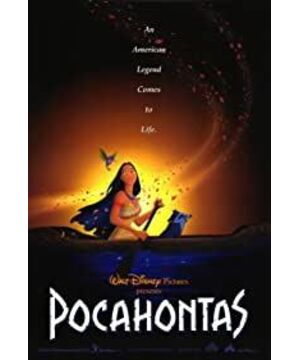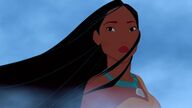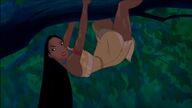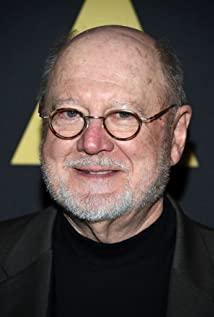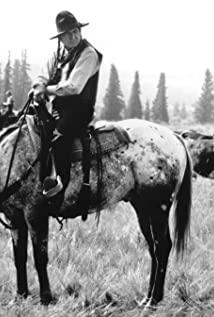film. When the conflict reaches its climax, let us freeze 5 shots. First, the panoramic view shows the Indian tribes on the rock. The majestic chief foreshadows his impending fate. The camera moves down and we see the colonists under the cliff with guns and ready to fight back. They look up at the rock and are angry with the natives. Next, the long shot closes up the head of John Max waving the chief to be smashed. At the moment when the conflict between the two sides is maximized, the camera suddenly turns to see Pocahontas in the distance rushing over to hug Zhuang Maisi, indicating that the conflict between the two sides will be resolved. These 5 shots put the audience at the focus of the conflict. The above is the choice of hatred and tolerance. Then the dialogue between the daughter and the father chose what path the daughter chose to maintain the peace between the two sides. The father finally chose to give up hatred and tolerance to the colonists. The two sides finally reconciled and the governor was escorted back to the
movie. The conflict was resolved quickly, but the real prototype Matoaka, who was only 12 years old, did her best to prevent the war between the two sides. It was only after she was imprisoned that she married the colonists. But her early death also meant that both sides There is no possibility of reconciliation in the future. The
film glorifies the brutal fact of colonization to a certain extent, especially the fact that Zhuangmax said that he was here to help the barbarians and help them use the land as much as possible to try to cover up the fact that they were only looting gold.
View more about Pocahontas reviews


